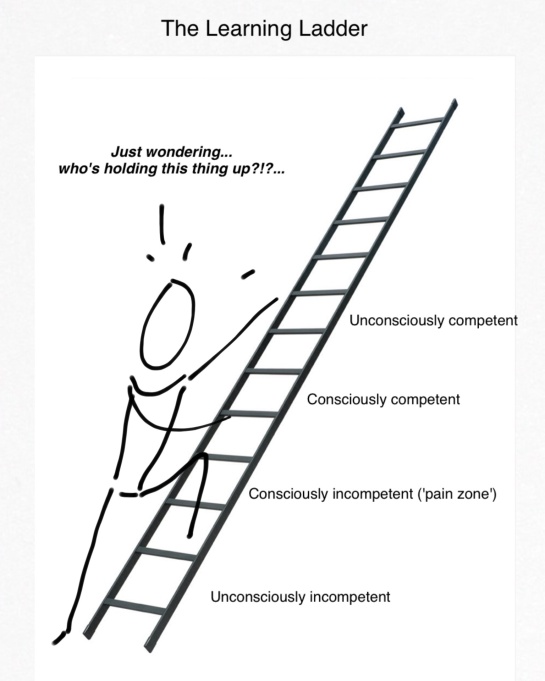
The story of the eccentric Drs.F.
Drs F. was always a little eccentric. When he tried to quit smoking, he would walk around with a cigarette stuck behind his ear. He used to play chess with someone in a nearby flat, using a CB radio. He would buy the Pravda through his kitchen window, making it feel like a clandestine exchange. My father, the commie.
At Sinterklaas, he used to stage the magic delivery of gifts and at New Year’s he would stand outside the flat window to entertain us with sparklers. We would not be allowed outside because fireworks could cost you your fingers and eyesight. My father, the fearful hero.
At his retirement, his co-workers shared stories of Drs F. playing slightly inappropriate practical jokes on colleagues and managers. He would pretend the office toilets were a train. Armed with a whistle, he would signal out loud that the imaginary train was leaving the station. My father, the clown.
Drs F. loved to recite poems as if he was an actor on Broadway or West End. He would embarrass us by singing out loud in public places. And when Drs.F became an opa, he told bedtime stories in ways no one else could. My father, the entertainer.
Behind that exterior, Drs.F harbored many sad memories. Countless stories were repeated over and over again, of his poor upbringing, the absence of his father, hunger during the war and his post-war recovery in Switzerland. And contrary to what they say, time made memories worse, not better.
Drs F. lived alone for most of his live. He did not socialize if he could avoid it and made it difficult for others to connect with him. He quietly read newspapers in the library, watched VHS tapes with trains making their way through the Swiss Alpes and turned on his digital fireplace to warm himself. Loneliness is in the eye of the beholder.
In 2013, Drs.F. was diagnosed with Frontal Temporal Lobe Dementia. It turns out the atrophy affecting his brain is painfully selective. While vividly aware of what is happening to him, Drs.F has gradually lost the ability to use language. Meanwhile, the heart-breaking memories remain, locked inside with no way out. My father, the prisoner.
To find a cause, a treatment, an escape from prison, we depend on persistent scientists, who are studying this complex spectrum of diseases. The hope is that one day, these brilliant minds of National Health Institutes and Academic Treatment Centers from across the globe manage to put the extremely difficult puzzle of genes and environmental factors together so the doors to prison can be unlocked. Meanwhile, thank you to those companies that invest in the area of FTP and other rare diseases. Not for profit, but for freedom. You embody hope. Thank you.
#alzheimercentrumerasmusmc #alzheimernederland #AlzheimerCentrumAmsterdam #theaftdorg #alzorg #FTD #preventdementia #researchdementia #healthcare








